I've just been introduced to op-amps and am having a little trouble understanding exactly how they work. Take this circuit, for example.

Suppose that there's a 1V source here. Without the op amp there will be a ~0.995V drop across the 10K resistor and then the rest (5mV) is measured by the oscilloscope.
Now that the op amp is introduced, my understanding starts to break down. This op-amp says it has a gain of 10, does this mean that 10V or 50mV should be the measured drop across the oscilloscope? I'm comfortable with the resistors outside the op-amp, but what do I do with the resistors inside? How do I account for those/what do they do?
